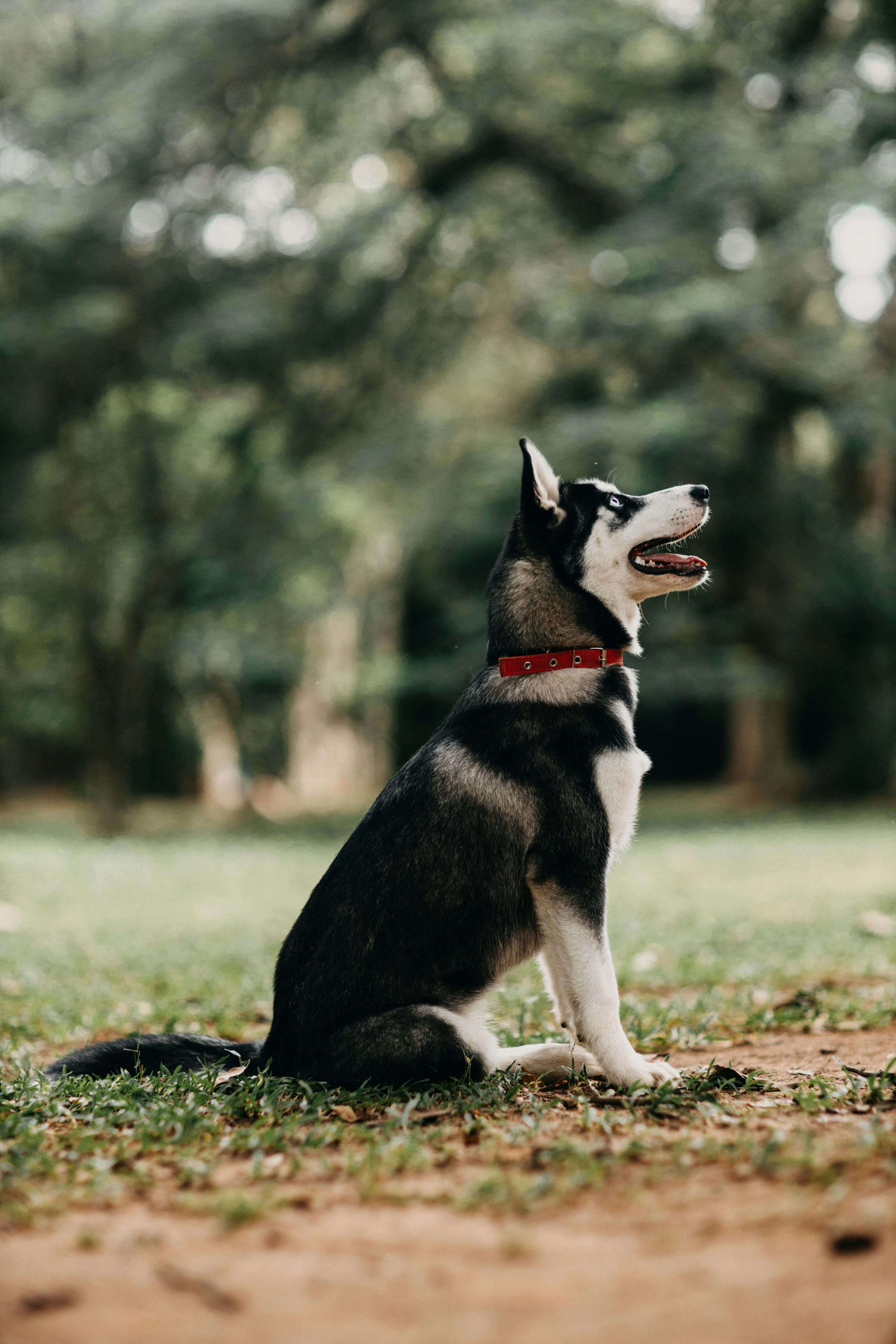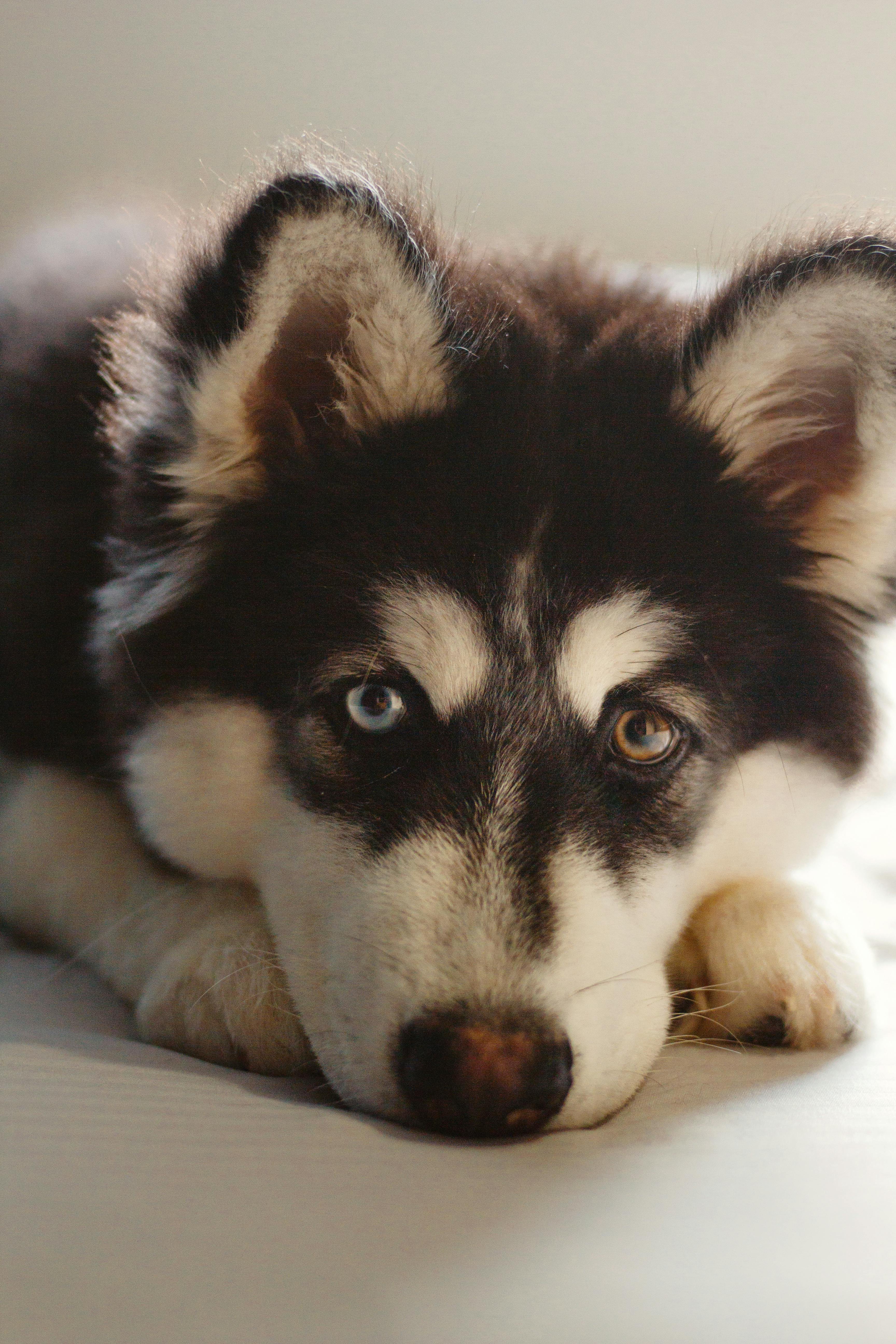Husky training tips
Siberian huskies are classic northern dogs, i.e. that are best suited to harsh and cold weather conditions where independent thinking is key to survival. Not surprisingly, huskies are intelligent and equally somewhat independent and stubborn. While it is true that they hey thrive on human company, they also need firm, gentle training right from when they are pups. These are dogs bred to run, and their love of running may outweigh their love for their beloved humans at times.
Given their strong independent nature, training a Husky can be difficult, but if you use the right training method and follow best practices, you can achieve some fantastic results.
We met about every Husky human we came by in the last few weeks and asked them what effective training methods they had as tips to share, and common mistakes to avoid when training Huskies.
See if these makes sense for and tailor as much as you need to fit your Husky’s needs as each dog is ever so slightly in their behaviours, but in general, these should work. Consistency is key so the more consistent you become with applying these tips, better the results will be.
Husky Training -Best Practices
Socialise early
No surprises here. Start socializing your Husky very early. Imagine you take the Husky home when it is 12 weeks old from the breeder, start socializing from day one. General tips include gradually introduce strangers to your dog. Preferably not more than one or two at a time. Let the puppy approach the strangers and ask the strangers to contain their excitement when the meet the puppy for the first time.
"Sit" command
This is obvious and simple - Sit is the first thing you teach your pooch. The key thing to note is to make sure your pup is consistently sitting when you issue the command, without any hesitation, before you move on to any other form of obedience training.
Train in different environments
Take the Sit and Stay command for example. If you trained your puppy for a few days at home, time to try the sit command during your morning walks anywhere the dog has less distractions.
Because familiarity of the environment changes dramatically and has a huge impact on the dog’s ability to pay attention, practicing basic commands at different settings early on make the dog build its confidence and be comfortable with new settings as it grows up. Try different places like at the Vet during vaccination, the salon, or anywhere you take your dog to. Remember that the context matters.
Understand Your Husky’s Triggers and Thresholds
If you are a first time owner of Huskies, you will be surprised how at times the dog minds its own business, totally oblivious to your presence. You might even wonder what happened all of a sudden. It is just in their DNA. Don’t be confused.
The key to successful training is a good understanding of your dog’s triggers and thresholds.
A trigger is what gets the dog’s attention and threshold is how much of that trigger is needed to cause a change in behaviour. These vary from dog to dog, but in general Huskies are quite attentive to the environments given they are very alert in nature.
If you left your dog behind home for a trip to super market and come home, see the trigger emotions in dog. Does it get all jumpy or is it gentle but acknowledging you have come home back? If it’s all jumpy, seeing you back home is a trigger that causes breach of threshold and training at this point in time won’t be that sticky. The same goes with trying to train in the presence of squirrels running around, other dogs wandering around and a lot of strangers nearby.
Once you learn to understand your Husky’s triggers and thresholds, you’ll find it easier to deal with adaptations to your training methods. Paying attention is key.




Be consistent with rewards
If you are using small bits of the normal dog food as rewards, stick to it. Any drastic changes in the rewards, can have an impact on the dog’s motivation levels to obey a command, especially if you are trying new commands. Stick to what you have been using and especially, if it has been working.
As the dog starts to master the commands, slowly reduce the rewards in frequency and eventually phase out completely, but never change the rewards, which will confuse the dog.
Use a clicker
A clicker is a very effective training tool that can dramatically improve the quality of your training sessions.
A clicker is a small hand-held device that clicks when you press a button. You can easily find these in pet stores.
When you click the clicker at the same moment when your dog performed a task successfully, you are letting your dog know when they’ve done something good at the exact right time, causing a great positive reinforcement and sense of satisfaction.
Remember, you click exactly at the same moment the dog performed the task correctly. Don’t click if not. The reason so many professional dog trainers use clickers is because they make it easy for a dog to understand correct behaviours at the exact right time.
Amplify training gradually
The key is to help your dog be successful and your job is that of a cheerleader. You should aim to make the dog pass each of these tests. So make it easy to pass. Create the right conditions for success, including less distractions to start with, issuing good commands, being in a positive state of mind and not issuing tough commands early on.
For example, if you are training sit commands, don’t go from sitting for 2 seconds to 20 seconds. Be gradual and go to 5 seconds, 10 seconds etc.
Husky Training - Common Mistakes
Don’t repeat commands over and over
Pay attention to be firm you issue a command. Don’t be half hearted when issuing a command the first time. The authority, confidence, not being shaky or stressed and clear are very critical to issuing a good command. It is all about quality and quantity when it comes to issuing commands. You want your dog to take your command seriously every time you issue it.
Do not keep repeating commands as this will only make the dog confused and cause to ignore your commands
Consistency is key
You need to be consistent in the following areas:
- 1. How long the training sessions go for
- 2. Training every day
- 3. Using the same training methods each time
- 4. Timing of rewards
- 5. Your mood
Don’t stop too soon
Huskies associate learning to learning environments. So if you mastered your commands at home, you have to help them master them during walks or at parks. If you think the dog mastered the commands and stopped it after practicing it in only one environment, that is called “stopping too early”. Practice to mastery and consistency at different environments – the usual environments you would take your dog to.
Stopping too soon will not only cause disobedience and all shenanigans that come with it, it will also cause lack of confidence in your dog that will in turn lead to a lot of bad behaviours. It is a negative reinforcing state and should be avoided.
If you are looking for a new pup to adopt, find some of our most adorable pup litters here
For more information about pets and how alldogs.in can help you, please drops us a note at AllDogs.in



